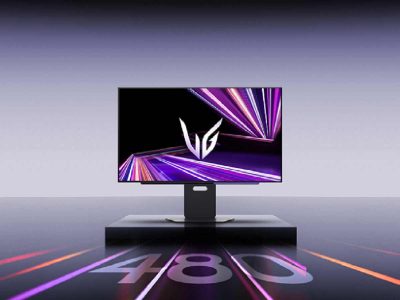Mobile gaming has come a long way, and is now one of the most popular gaming modes in the country, though it does come at a cost
In the last decade, mobile devices have developed from ‘it gets the job done’ to some of the most capable devices that have rendered other devices obsolete. Today’s mobile handsets have more in-built RAM than most laptops, their screens are better, and they can handle software which earlier would have been impossible. Their impact then has been felt in multiple sectors of the industry. And the gaming landscape has not been unaffected by the rapid advancements made in both the hardware and software used in mobile devices.
Not long ago, most avid gamers were either investing large sums of money in configuring their tower PCs or were in the market looking for the most capable gaming console. And though they both have their nuances and limitations, a new option has emerged that, at least in terms of the number of users, can overtake both these popular modes of gaming.
Mobile gaming is not a new concept, and though early games on mobile devices were nothing to brag about, their presence did make their users smile. Who can forget the Snake game on those early devices! Now, however, with improvements in hardware and software, bigger screens, better internet connectivity, and the long list of available games on both IOS and Android app stores, mobile gaming is making its mark.
Even within the smartphones industry, dedicated devices, which earlier were thought to be an eccentricity, are now becoming more and more prominent. Devices with better internal cooling systems, better graphic performance, high screen refresh-rates and even dedicated accessories like air triggers for a better gaming experience are gaining momentum. The Asus ROG phone 3 and the Xiaomi Black Shark 3 Pro to name a few, are some of the devices driving the market for gaming phones.
The rapid side of the mobile gaming industry has also been fuelled in part by developers who, taking advantage of the advancements, are developing more and more quality games for mobile phone users. Before being banned in India, PUBG, the popular multiplayer mobile game was the most downloaded game in the country. And with India being one of the hottest markets for online gaming, more and more mobile phone manufacturers and developers are trying to get a piece of the pie.
But as mobile gaming is gaining popularity, it has come at the cost of gaming consoles. Earlier games available on mobile phones were mere imitations of their console counterparts. However, with better performance and the ability to reach more users, developers are making more and developers are investing in creating games for mobile devices. If the trend continues, it won’t be long before mobile devices become the preferred — if not the only — mode of gaming.
Ever since the Coronavirus pandemic halted normal life, and governments imposed restrictions on travel and movement to control its spread, mobile gaming has reached new heights. As people spend more and more time indoors, the list of games, both single-player and multiplayer online games for mobile devices has grown exponentially. And even as the mobile gaming gains popularity, it does come with its own set of problems. Gaming addiction in the country, especially due to mobile gaming, looms large over its younger users. In such a scenario, the meteoric rise of mobile games has not come without collateral damage.





